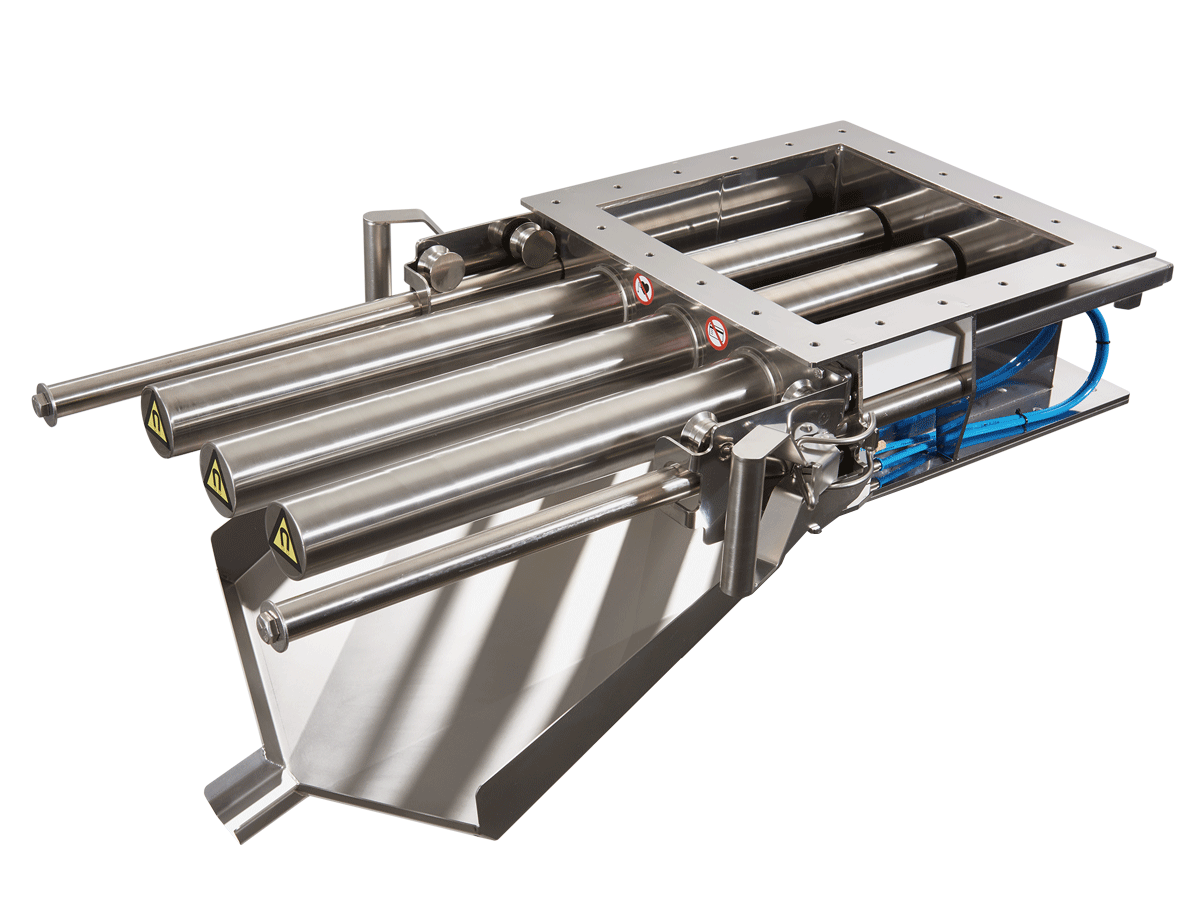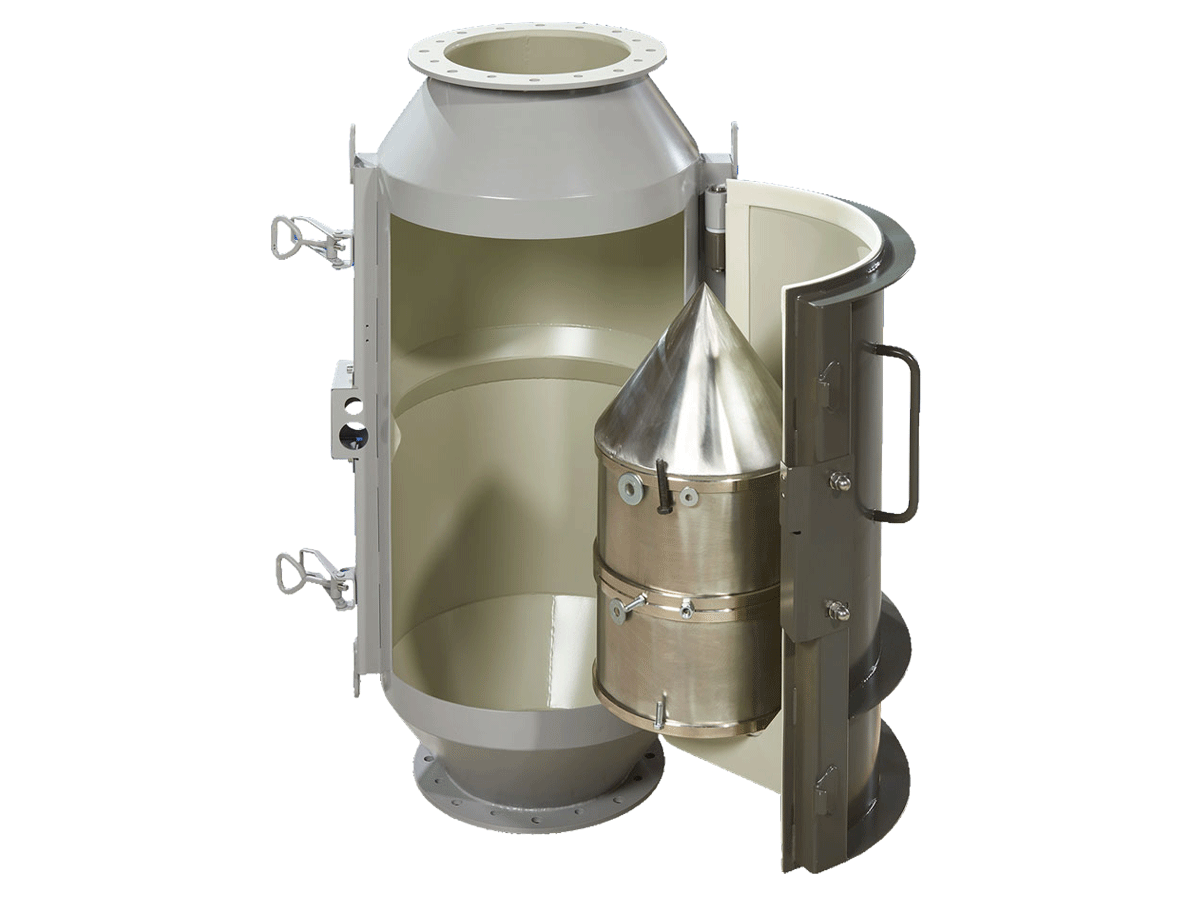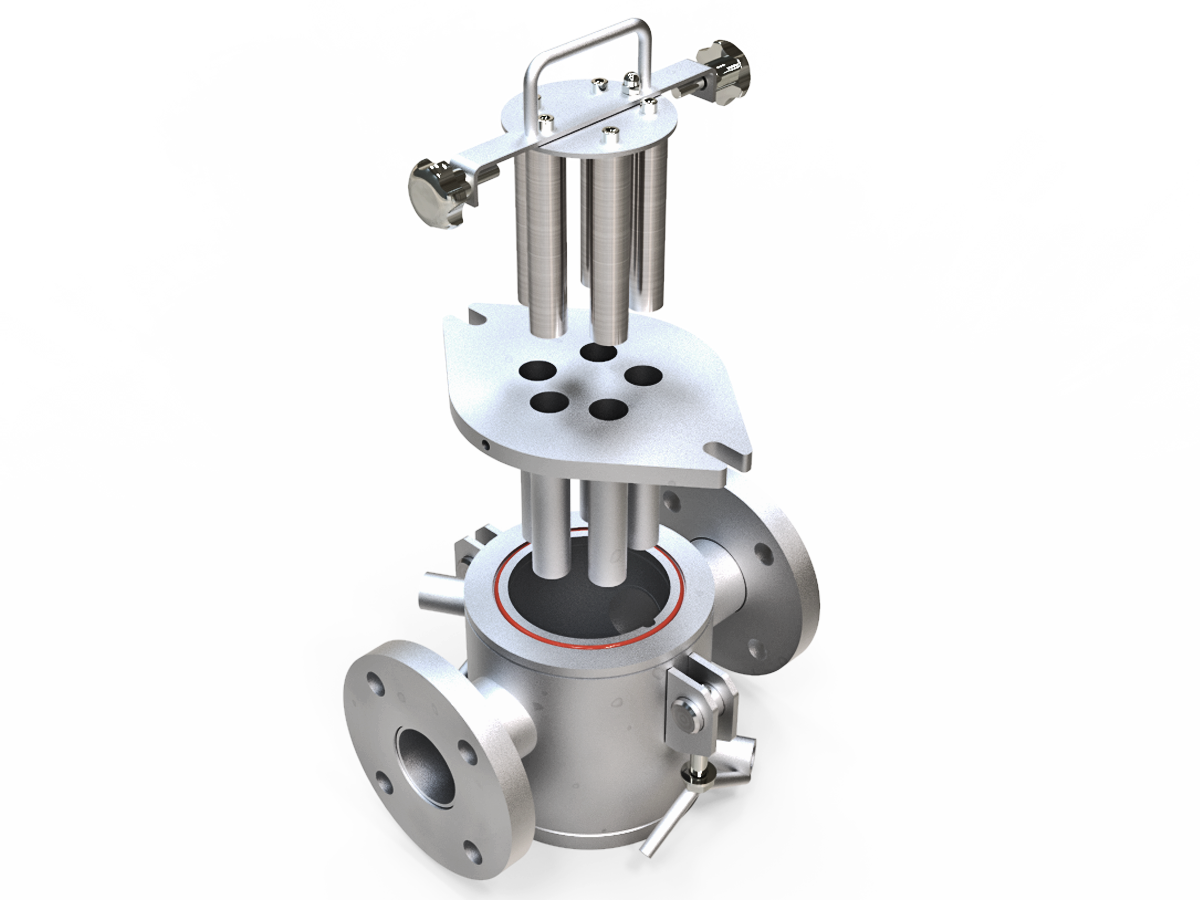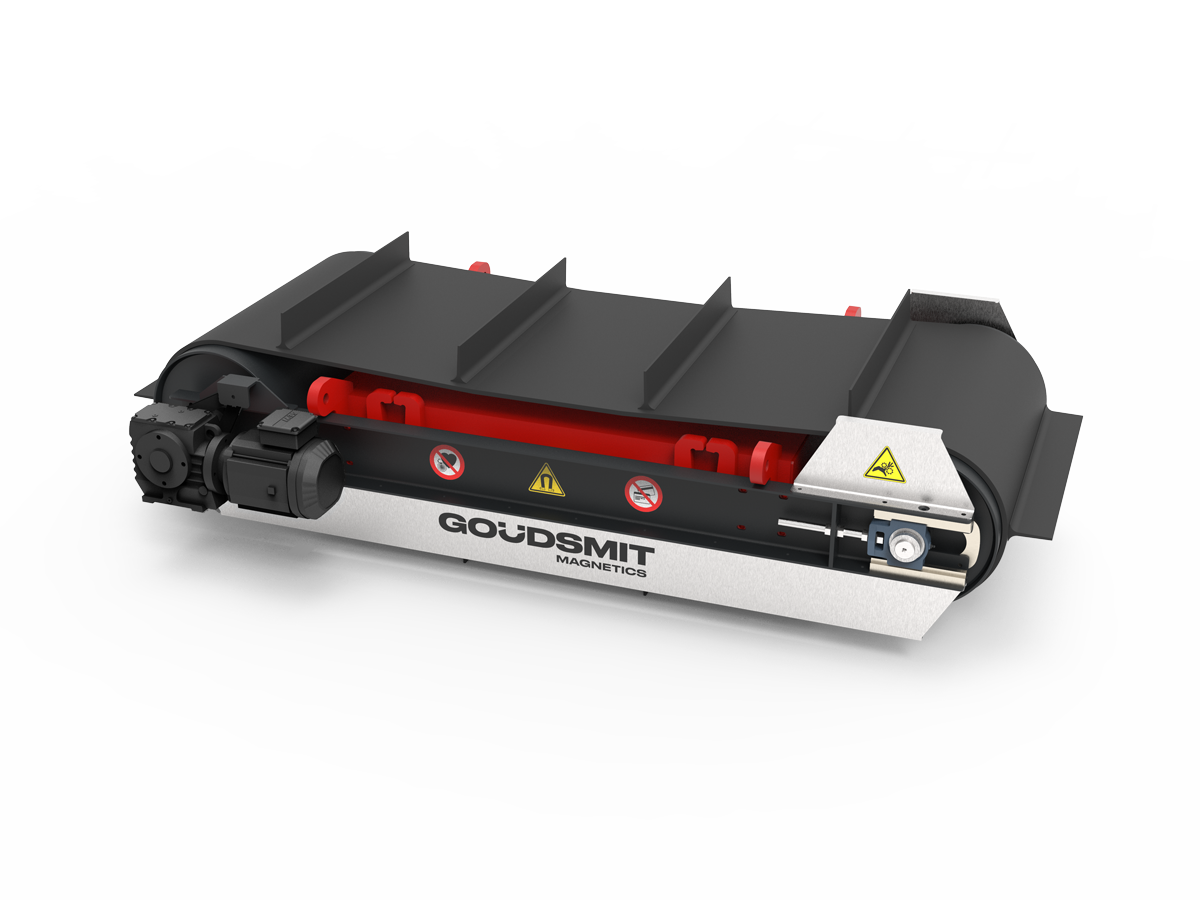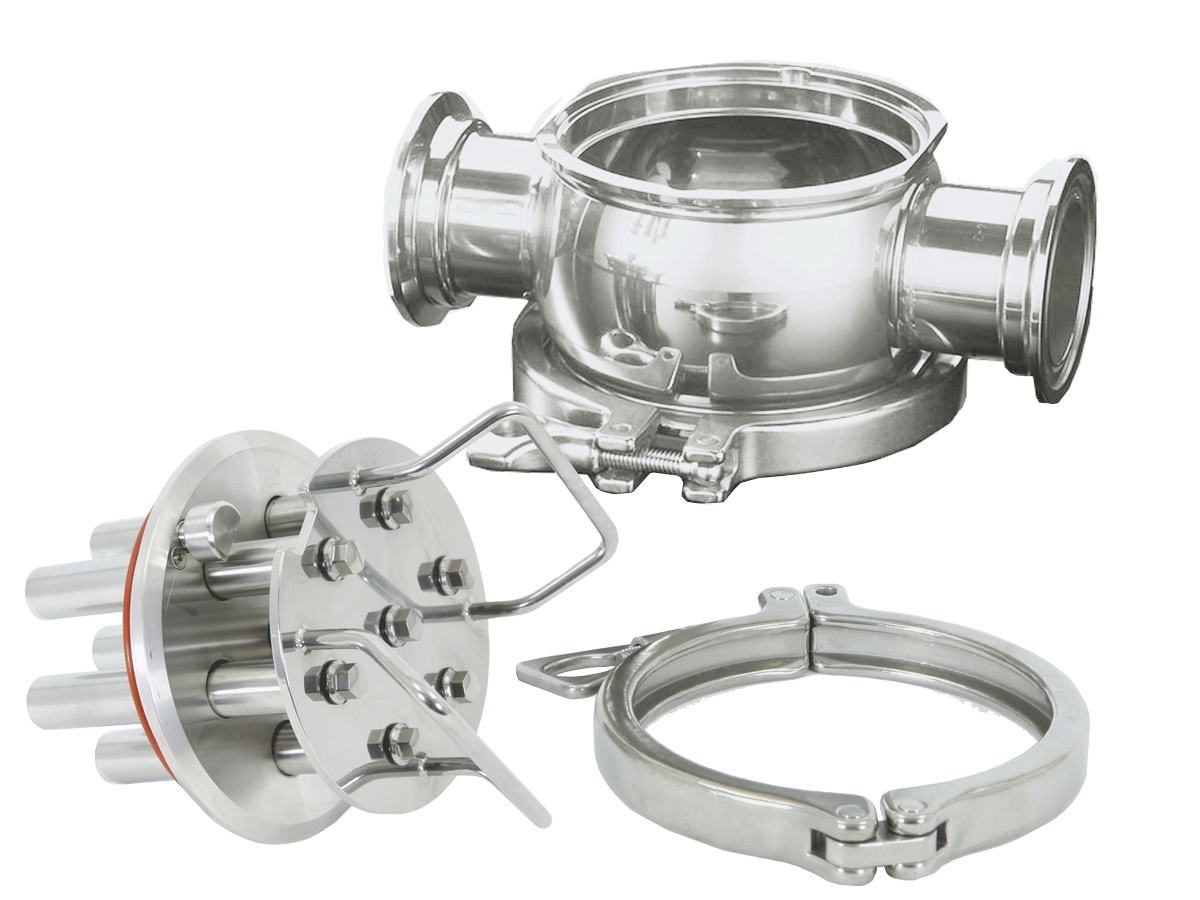The risks of metal contamination
The risks of unwanted metals in minerals and ceramics include value depreciation and then loss of usage value in the presence of impurities. The purchaser himself will therefore need to ensure that his product is iron-free.
The chip industry uses minerals among other things. If the mineral powder to be processed is contaminated with iron, it causes problems in production. This will also bring financial consequences: a high quality, pure raw material simply has a higher value.
In the ceramic industry, the presence of iron particles causes ‘black specks’ or rust particles in the glazing, and in finished goods, such as chamotte, quartz sand and feldspar.
But metal contamination also causes machine or production damage. In particular, broken-off teeth of excavator buckets can cause serious damage to breakers, the drums and the sieves. This results in production downtime and delay as well as the associated costs for repairs and reduced production capacity.
Ceramic industry
Magnets are important in the ceramic industry. The products must be completely metal-free. Magnets prevent black speck and rust particles from occurring in the glaze and in finished products such as chamotte, quartz sand and feldspar.
When ceramic raw materials are used in the electronics industry, the use of magnets is nothing less than a technical requirement.
Quality assurance
Magnets provide a guarantee: only the right magnets can remove single micron particles from ceramic materials. We use very strong and specifically constructed magnetic filters for this purpose.
For convenient operation, it is also important that captured metal parts are easy to remove. Our Easy-clean Cleanflow magnets are tremendously well suited for this.

Bullet magnet separates iron from ceramics
Raw materials
The intensive use of raw materials results in scarcity: high quality raw materials are being used up.
Manufacturers continue to look for raw materials of lower purity and quality. Then it is important to remove even more metal particles.
Magnetic separators
This places high demands on the magnetic separators. Among others, magnetic drum separators, industrial magnetic filters and Cleanflow magnets can all be used for this purpose. They penetrate completely into the product and can remove metal particles down to 30 µm from liquids, slurry and dry powders.
Permanent product control
With a number of types, this can even be done completely automatically and without production losses. The magnets ensure continuous monitoring of your products and, thanks to their ingenious design and robust construction, require virtually no maintenance.
Minerals
Ore
When mining for these raw materials, iron contamination often comes from two sources: external contamination, from nature, and contamination from ferrous environmental components.
The extraction of coarse minerals such as coal, iron ore or gold is done with large equipment, whereby large undesirable iron particles can end up in the products.
Consequences of foreign bodies
Unwanted metals or foreign bodies from external sources are usually the most important source of contamination, because mining for minerals causes much wear to conveyor belts and crushers.
Such as wear to the bucket, the ripper or the splitters, and the transport in its entirety. But also breakage of bucket teeth and fingers, or the ripper. Magnets prevent this problem.
Which separator?
We have a variety of magnetic separators for the optimal deferrization of metal particles from liquids, slurry and dry powders. Magnetic drum separators, for example, remove very fine magnetic metal contamination of just a few microns from minerals and thus ensure an iron-free finished product.
Because minerals and ceramics often have highly abrasive properties, we coat these magnet systems with an extra hard layer such as tungsten carbide or hard inchromizing.
Magnets also remove the relatively large metal parts that come with the goods. On the way to the final processing, we can place powerful and large overband magnetic separators in various places.
In crushing and milling processes, and at transshipment points, magnets also protect the installations against extreme damage.
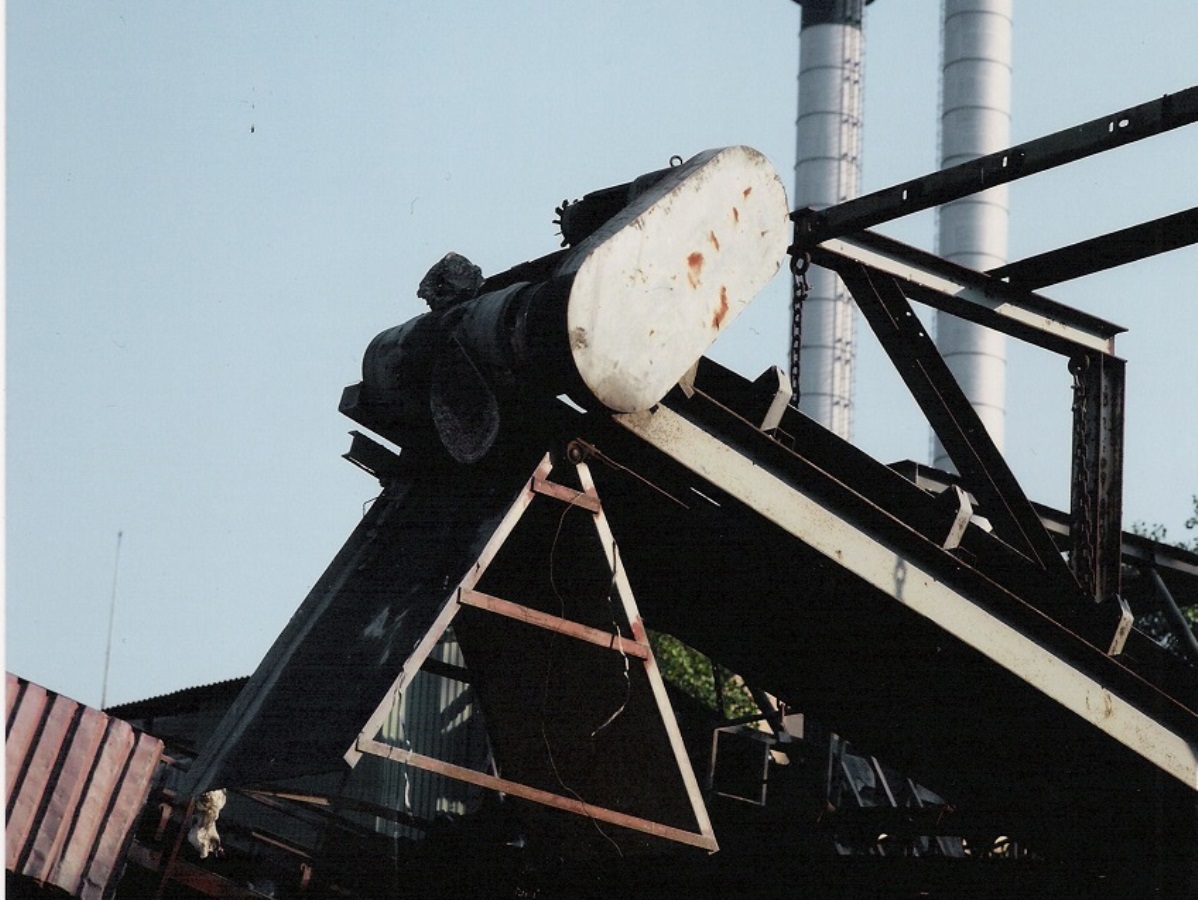
Magnetic head pulley removes iron from ore
Salt
All types of salt often contain iron particles originating from the source. This applies especially to salts from the ground.
But very small iron particles also accumulate due to the extraction and refining process, the scraping, sieving and breaking of the crystals. This causes rust, which makes salt discolour: you will then see black specks and brown or red discolouration.
Magnets filter these undesirable iron particles out of the process.

Magnets prevent metal parts in salt
Processing salt
Metal particles can be released into the salt not only from the source but also during the processing. For example, worn screw conveyors. Or valves, vibratory feeders and sieve systems.
All potential sources for larger or smaller contaminants, some of which are even invisible to the naked eye.
Almost all of the ferrous particles - including stainless steel 304 - can be removed by using magnetic systems.
Salt in the chemical industry
The chemical industry uses many salts as raw materials for the extraction of chlorine and lye. Here, too, the raw materials must be pure in composition. Every form of contamination forms a disruption to the production of the end product.
In addition, there is a risk of delays in the production process, or even damage to the process equipment if there are iron particles in the raw materials.
These losses are often claimed back from the supplier when it becomes apparent that the source of the pollution lies there and it has not done everything in its power to prevent it.
Food safety
During the entire production process, there is a risk of foreign bodies. These can be a reason to reject or recall complete production batches from the market. The cost of this is incalculable. Not to mention reputational damage.
Both the degree of dissolution and the chloride in salt and the sometimes slightly abrasive properties in certain forms mean that the design must be well thought out and the materials and finishing must be of the highest level. This also applies to the magnetic systems for the deferrization process.
Magnetic filters
Magnetic filters for use in salt consist of the highest quality materials and are perfectly finished. That is why in the salt industry we work exclusively with stainless steel 316L, in the highest quality polished, corrosion-resistant finish to prevent any encapsulation of salts and ‘tea stains’ or ‘fly rust’.
We polish the surfaces of the metals with a Ra value of 0.4 µm by means of hygienic fixed-in-drum polishing.
If there is an increased risk of erosion due to extremely abrasive materials, we give the most exposed components an extra hardened coating.
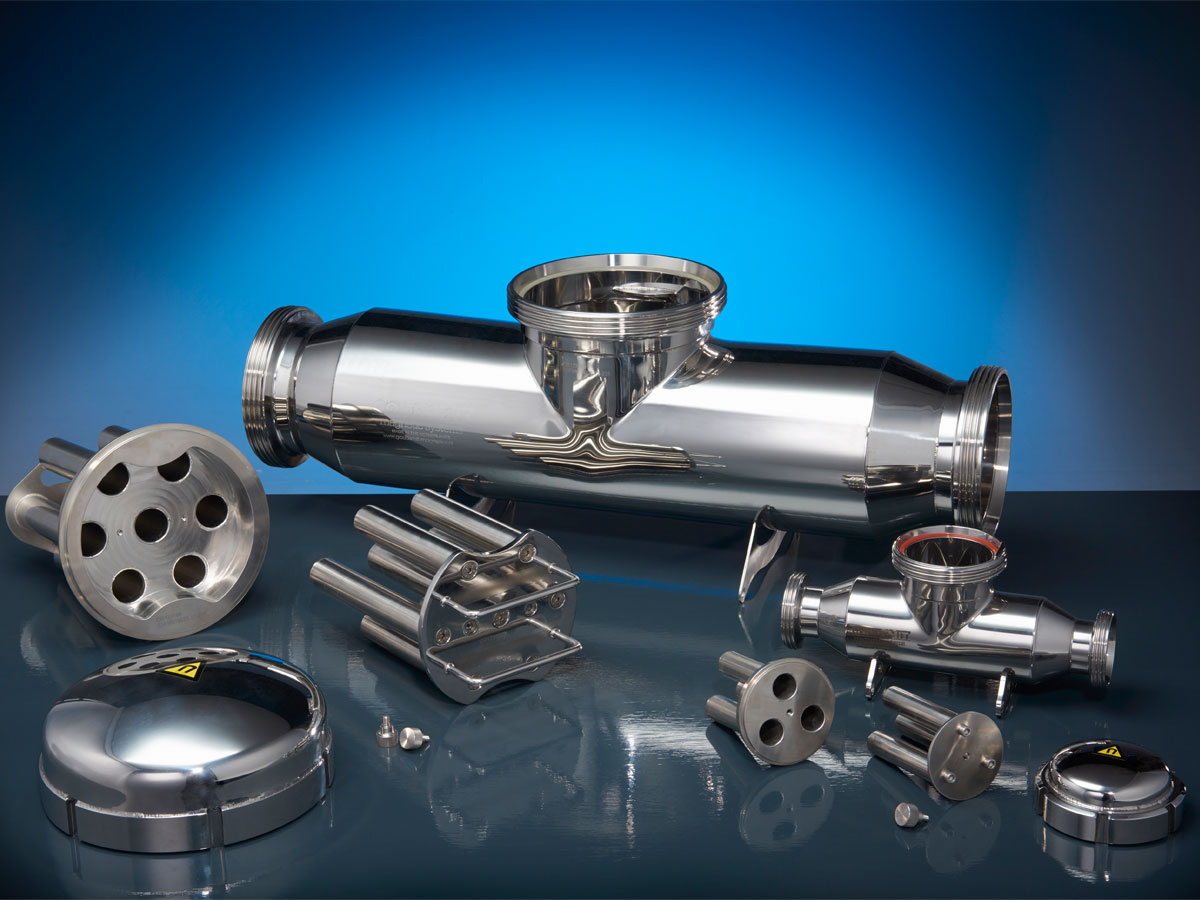
Magnetic filter
The risks
- Damage to process machines as a result of unwanted metal
- Foreign bodies in the end product
- Rejection due to product contamination
- Damage claims as a result of foreign bodies
- Discolouration of the end product
- Reputational damage due to impurities
The solutions
- Use of magnets when unloading bulk loads
- Application of magnets upon entry into the processing plant / storage / silo
- Interim deferrization during the salt processing
- Use of magnets as final cleaning and checking of the final product prior to final packaging / shipping
In conclusion
The intensive use of raw materials results in scarcity: high-quality raw materials are running out, as a result of which people are increasingly looking for raw materials that are less pure and of lower quality.
That is why we must remove even more metal particles.
This places high demands on magnetic separators to provide an ever-finer metal separation and also be easily cleanable.


